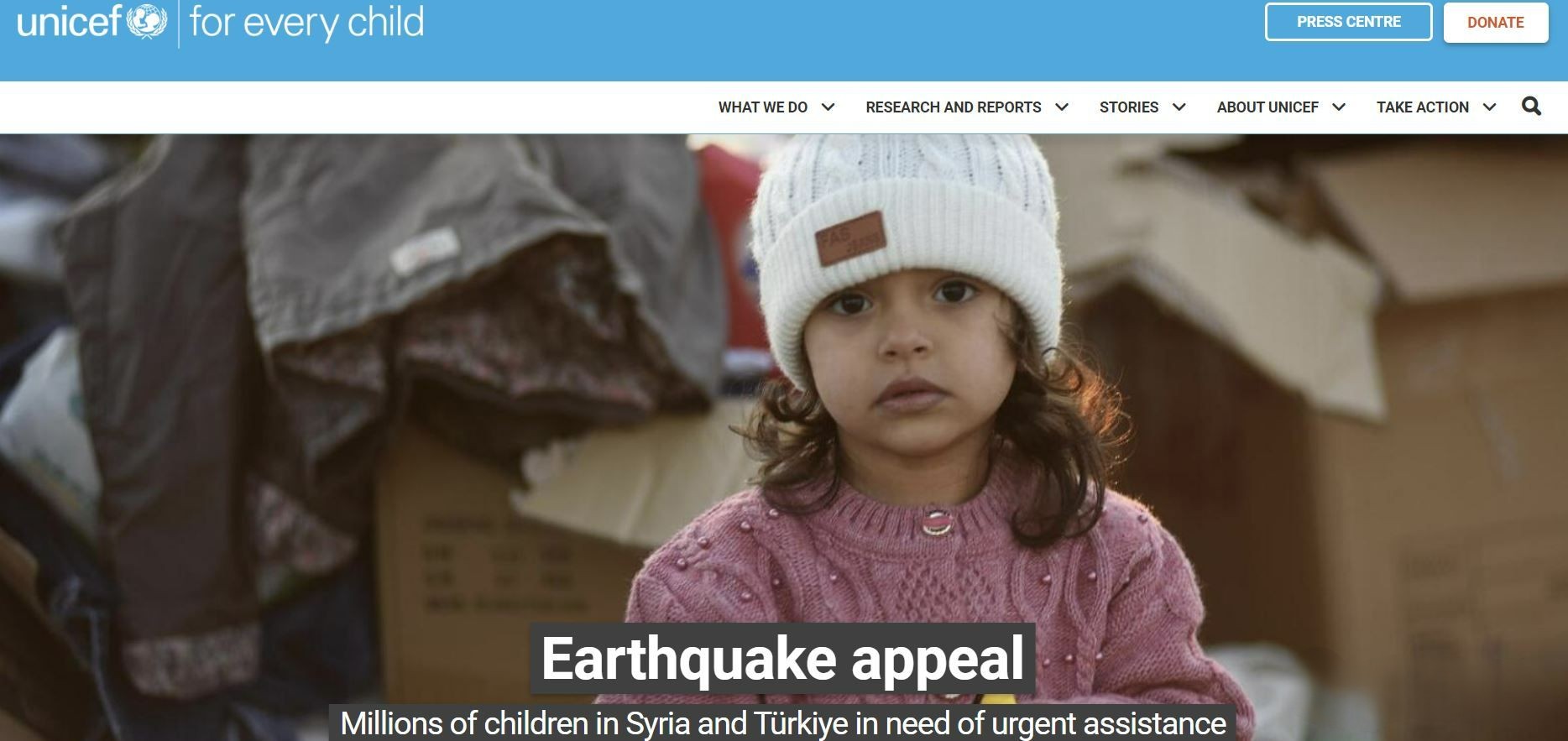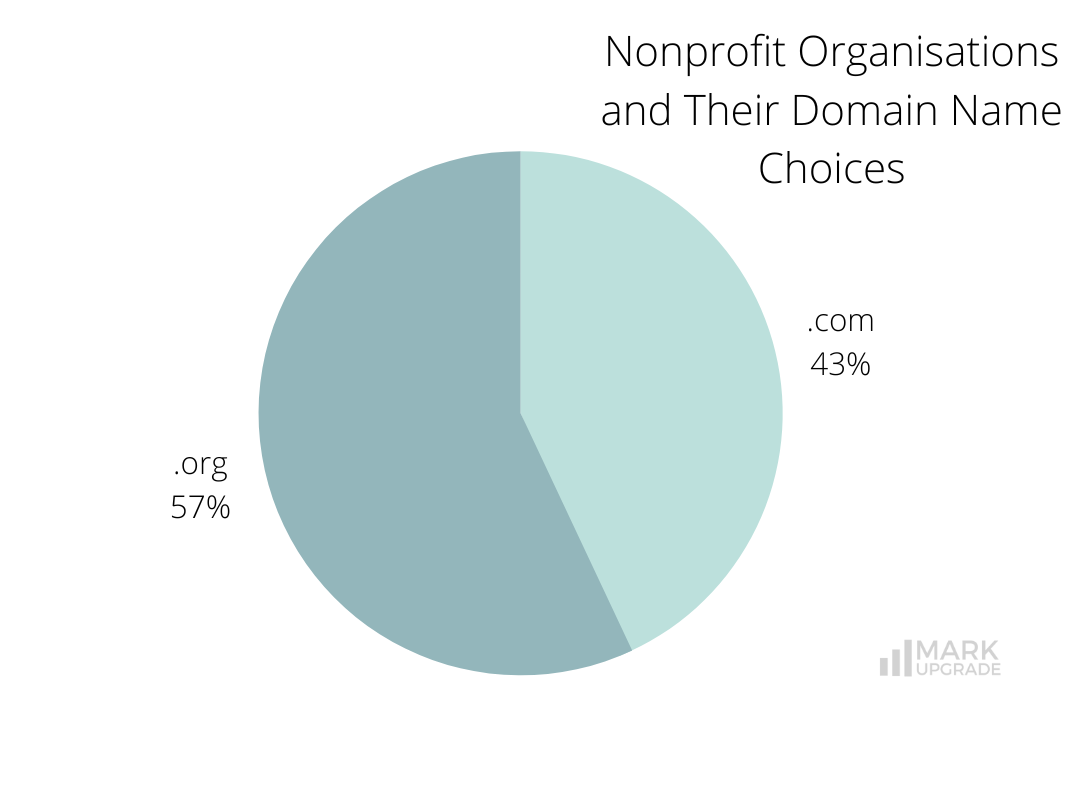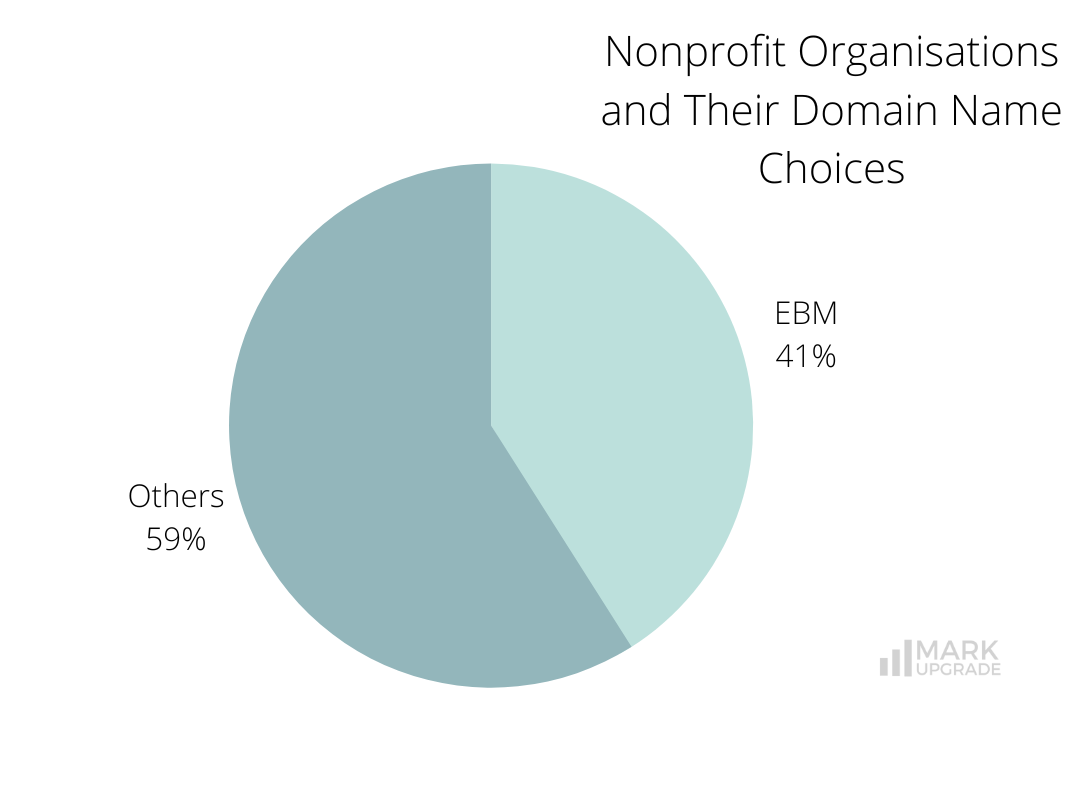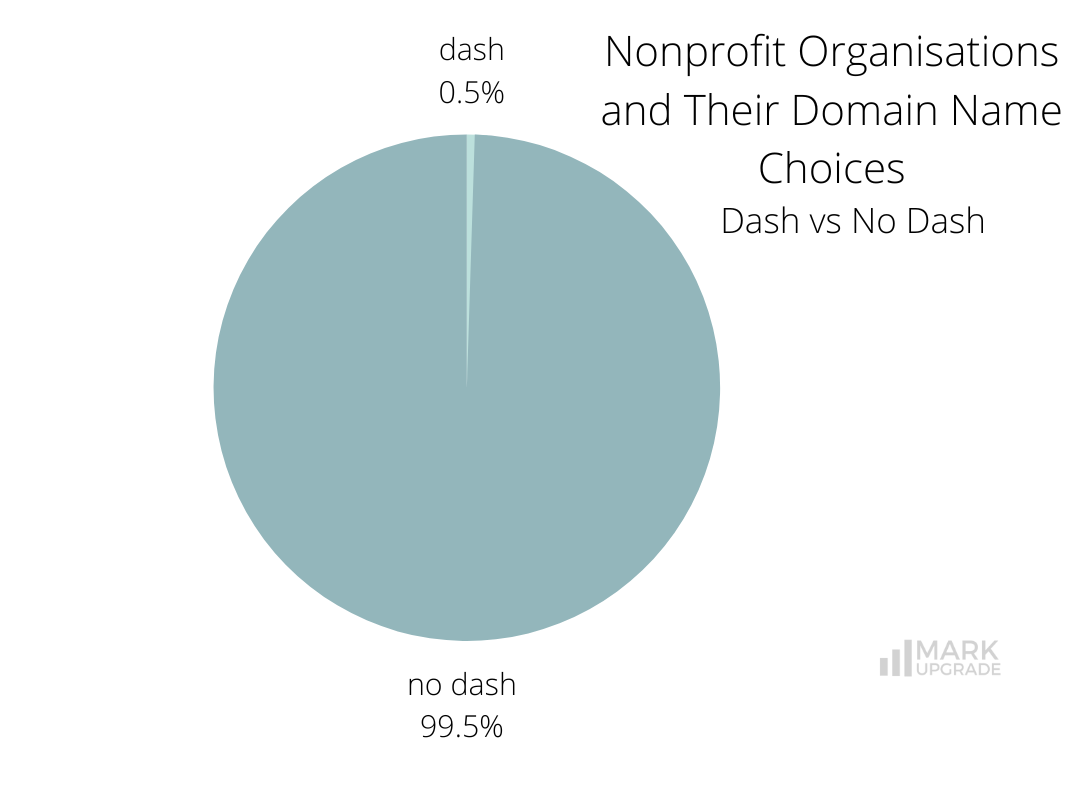Overview
The nonprofit sector is a diverse and dynamic part of societies worldwide, encompassing a wide range of organisations that work on various social, cultural, and environmental issues. There are millions of nonprofit organisations worldwide, ranging from small grassroots groups to large international NGOs. Nonprofits rely on various funding sources, such as donations, grants, and government assistance, to continue their work and impact.
According to an MMR report, the sector faced a downturn in 2021 due to COVID-19-related lockdowns and economic slowdowns, resulting in a 0.9% drop in the market value. Despite this, the market is projected to recover and grow at a CAGR of 5.3% from 2021 to 2023, with an estimated market value of $345.32 billion by the end of 2029.
Nonprofit organisations face unique challenges in developing and implementing effective marketing strategies, especially given the crowded landscape of social agencies. It can be challenging for nonprofits to distinguish themselves and craft a successful marketing approach. Nonprofit marketing involves utilising various tactics and strategies, from email marketing to social media, to promote the organisation’s cause, solicit donations, and attract volunteers and supporters in an ever-expanding array of channels.
Some of the top branding and marketing challenges that nonprofits face are:
- Limited budgets: Nonprofits often operate on limited budgets, which can make it challenging to compete with other organizations that have more funds available for marketing and branding initiatives.
- Defining their value proposition: Nonprofits need to clearly communicate their mission, vision, and unique value proposition to potential donors, volunteers, and other stakeholders. This requires careful messaging and positioning to ensure that the organization’s brand is accurately represented.
- Building brand awareness: Non-profits often struggle with building brand awareness, particularly if they are new or operating in a crowded space. It’s important to develop a consistent and compelling brand voice and identity to help the organization stand out.
- Naming and Co-branding: Non-profits often face challenges in choosing an effective name that is memorable and easily recognizable. They may also face challenges in co-branding with other organizations or corporations, particularly when it comes to ensuring that the co-branded message is aligned with the nonprofit’s mission and values.
- Marketing to multiple audiences: Non-profits often need to reach out to a wide range of stakeholders, including donors, volunteers, clients, and the general public. This requires a targeted and strategic approach to marketing that speaks to each audience’s unique needs and interests.
- Measuring success: Nonprofits may struggle with measuring the effectiveness of their marketing and branding initiatives, particularly when it comes to demonstrating their impact on their mission. This requires developing clear metrics and goals that are aligned with the organization’s mission and values.
- Maintaining consistency: Non-profits need to maintain consistency in their messaging and branding across all channels, including their website, social media, and print materials. This requires careful planning and coordination to ensure that all communications are aligned with the organization’s mission and values.
- Navigating complex regulations: Nonprofits must navigate complex regulations around fundraising, marketing, and data privacy. Compliance with these regulations is critical to maintaining the organization’s reputation and avoiding legal issues.
- Staying true to the organization’s mission and values: Nonprofits need to ensure that their marketing and branding efforts align with their mission and values. It can be tempting to adopt trendy or attention-grabbing tactics, but doing so may risk diluting the organization’s message and eroding stakeholder trust. Nonprofits must maintain a clear and consistent focus on their mission to build a strong brand identity that resonates with stakeholders.
A good domain name that matches the organisation’s brand identity and mission can improve their visibility and make it easier for supporters to find and remember the nonprofit online. A strong domain strategy is an important component of building a strong brand identity and engaging with the cause’s supporters.
Many NGOs also use storytelling to illustrate their work’s impact and motivate their audience to take action. Relationships with corporate sponsors or other organisations can amplify and expand the impact of a nonprofit’s message. Good branding and marketing techniques can assist organisations in gaining the confidence and credibility of their supporters and, as a result, increase their impact.
In the nonprofit world, credibility is paramount, and a quality domain name can bolster an organisation’s reputation. Nonprofit companies should consider investing in a high-quality domain name, which can help establish their brand and improve online visibility. An easy-to-remember domain name can facilitate finding and engaging with the nonprofit while also enhancing its credibility and legitimacy.
We have compiled a list of nonprofit companies from around the world and examined their domain name choice. Let’s look at some of the non-profits that caught our attention.
Namepicks
American Redcross
Clara Barton, a nursing pioneer and social reformer, founded the American Red Cross in 1881, inspired by the success of the International Red Cross in Europe (founded in 1863). She served as the organisation’s president until 1904. The Red Cross logo dated back to 1863 and was created by Henri Dunant, who reversed the colours of the Swiss flag to produce the emblem. While this fact was noted in the 1906 revision of the Geneva Convention, some historians disagree. Pierre Boissier, a Red Cross historian, contends that there is no link between the Swiss flag and the logo, and the idea was introduced later to dispute Turkey’s claim that the flag had Christian roots.
Interesting fact
In 1887, Johnson & Johnson adopted the red cross shape as its trademark before it became the official symbol of the American Red Cross. However, it took the company over a century to file a lawsuit against the Red Cross over its logo, which it did in 2007. As a consequence of the legal dispute, the Red Cross was prohibited from using the emblem for commercial purposes that could compete with private enterprises.
Nowadays, American Red Cross has 35,000 employees and a revenue of over $3 billion.
The American Red Cross operates on the Redcross.org domain name and has ownership of the .com domain as well, which is presently set up to forward visitors to the .org site. The company owns more than 1300 domain names.
In 2018, ICANN, the regulatory authority for the domain industry, introduced a new policy that prioritises the rights of specific international organisations over others. Under this policy, the sale of names featuring keywords associated with the Red Cross, the Olympics (IOC), and any NGO or INGO that has approached ICANN will be prohibited for new gTLDs. The list also covers a number of three and four-letter names that match the acronyms of these organisations.

UNICEF
UNICEF was founded on December 11, 1946, in New York as the successor to the United Nations International Children’s Emergency Fund, established by the U.N. Relief Rehabilitation Administration to provide aid to children and mothers affected by World War II. The U.N. General Assembly created UNICEF that same year to continue post-war relief work. UNICEF relies solely on voluntary contributions from private donors and governments, with its total income in 2020 reaching $7.2 billion, of which $5.45 billion came from public-sector partners. National committees in 34 countries function as independent local non-governmental organisations whose main purpose is to raise funds from the private sector, as UNICEF relies entirely on voluntary contributions.
Our brand carries the spirit and purpose of our organisation – it stands for our values. UNICEF is known for working for every child in every context worldwide, saving lives, protecting rights, and helping children and young people fulfil their potential. Let us all carry the values, the purpose, and pride of our brand in everything we do.
Henrietta H. Fore
Interesting fact
UNICEF’s original logo depicted a child drinking milk, which reflected the organisation’s primary activity at the time of delivering milk to children. The logo evolved as UNICEF broadened its focus to include a wider range of children’s needs. In the 1960s, the child drinking milk was replaced with a mother lifting a child, coinciding with the UN’s adoption of the Declaration of the Rights of the Child in 1959, which defined children’s rights to education, healthcare, shelter, protection, and good nutrition. In 2001, the modern and simplified UNICEF logo was introduced, accompanied by guidelines for use on various platforms. The ‘mother and child’ emblem was redesigned to feature a more generic figure. In 2016, the brand strategy ‘for every child’ was integrated into the logo to reflect UNICEF’s universal mandate of protecting children’s rights worldwide and prioritising support for the most vulnerable children.
2016 logo
first logo
Similar to the American Red Cross, UNICEF operates using the domain name Unicef.org, with the Unicef.com domain set up to redirect to the former. The organisation also owns various secondary domains that are country-specific, such as unicef.org.uk and unicef.org.au, to facilitate local operations.

Rotary
The first Rotary Club was formed when attorney Paul P. Harris called together a meeting of three business acquaintances in downtown Chicago, United States, at Harris’s friend Gustave Loehr’s office in the Unity Building on Dearborn Street on February 23, 1905.
Nowadays, Rotary International is one of the largest service organisations in the world. Its mission is to “provide service to others, promote integrity, and advance world understanding, goodwill, and peace through [the] fellowship of business, professional, and community leaders”.It is a non-political and non-religious organisation. Membership is by invitation and based on various social factors. There are over 46,000 member clubs worldwide, with a membership of 1.4 million individuals known as Rotarians.
The Rotary emblem, like Rotary’s name and other logos, is a registered trademark.
Interesting fact
The name “Rotary” describes the practice of meeting in rotation at the members’ various places of business.
With ownership of over 1600 domain names, Rotary International’s primary online presence is located at Rotary.org, with the .com domain redirecting to it.

PETA Foundation
People for the Ethical Treatment of Animals (PETA) is a U.S. nonprofit organisation that champions animal rights, headquartered in Norfolk, Virginia, and led by its international president, Ingrid Newkirk. PETA reports that its entities have over 9 million members worldwide. Co-founded in 1980 by Newkirk and animal rights activist Alex Pacheco, the organisation first gained public attention in the summer of 1981 during the Silver Spring monkeys case. PETA is against practices such as factory farming, fur farming, animal testing, and any activity that it views as exploitative of animals.
Interesting fact
PETA’s motto is “Animals are not ours to eat, wear, experiment on, or use for entertainment”. The very heart of all of PETA’s actions is the idea that it is the right of all beings—human and nonhuman alike—to be free from harm.
The PETA Foundation owns more than 280 domain names. Its primary digital location is Peta.org, while the .com domain name is set up to redirect to the main site.

Compassion International
Compassion International is a Christian humanitarian aid organisation based in Colorado Springs, Colorado that provides child sponsorship to positively influence the long-term development of children living in poverty worldwide. Originally named The Everett Swanson Evangelistic Association, the organisation was founded in 1952 by Reverend Everett Swanson, a member of Converge, to aid children orphaned by war in South Korea. Swanson’s visit to South Korea to preach the gospel to U.S. Army troops led him to establish sponsorship programs to help support orphans for a few dollars a month in 1954 after raising funds the previous year. The organisation operates in 27 countries spanning four continents, with revenue exceeding $1 billion.
Interesting fact
In 1963, the association’s name was changed to Compassion, Inc., inspired by the words of Jesus, “I have compassion on the multitude. I will not send them away hungry,” as found in Matthew 15.32.
Unlike the companies above, Compassion operates on the exact brand match domain name Compassion.com. As per Whoxy, the company possesses more than 500 domain names, including alternative extensions like .technology, .mobi, and .fund. Interestingly, Compassion.org is not among the domain names owned by the organisation but is owned by a private individual.

Highlights
Our research shows that large non-profit organisations like the Red Cross, PETA, and Rotary often invest in a solid domain name portfolio that includes multiple domain names, including country-specific and alternative extensions. This approach helps them increase their visibility, direct traffic to their primary website, and prevent others from using similar domain names to siphon off their online audience.
Having a range of domain names enables these organisations to expand their online presence, reach broader audiences, and promote their mission on a global scale.
It’s worth noting that most of the companies in our list prefer to use the .org domain as their primary one, with the .com domain redirecting to it. The reason for that could be found in the history of the .org domain name.

The .org domain extension has a rich history of being associated with non-profit organisations, and it remains the third-largest TLD, powering millions of voices and inspirations worldwide for over 30 years. It has gained a reputation as a trusted source where diverse ideas can thrive and purpose-driven individuals and organisations can connect. Opting for a .org domain extension can be a wise marketing decision for companies in the non-profit sector, as it aligns with promoting a positive impact on the world, establishing trust, and connecting with a community of like-minded individuals and organisations.
114 organisations have chosen to operate on the .org extension.
86 organisations on our list use the .com domain name as their online presence, while 82 have invested in exact brand match domain names. This suggests that while the .org domain remains a popular choice for non-profits, many organisations see the value in using a .com domain, possibly due to its wide recognition and association with commercial entities. Additionally, investing in exact brand match domains helps organisations increase their brand recognition and make it easier for people to find and engage with their cause online.

1 organisation uses a dash in its domain name. Adding hyphens is not advised since it adds complexity for consumers who frequently overlook it while typing in a domain name.

While we make every effort to ensure the data on our site is accurate, complete, and up-to-date, we cannot guarantee its reliability. Our data is provided for informational purposes only and should not be relied upon as legal, financial, or other advice. We strongly recommend that you independently verify any information before relying on it.
Other resources
- Humanitarian Impact in Times of Crisis: Charles Tiné and The Small Projects Team
- Sergey Leshchenko on Discovering Your Purpose, Running a Business During War and How His Personal Struggles Shaped His New Startup
- Maximising Your Domain Name Strategy: The Benefits of Premium Domain Names for SMEs
- Exploring the Psychology of Brand Love with Professor Aaron Ahuvia
Premium domain names are an important consideration when it comes to building and protecting your brand. If you’re ready to take the next step and invest in a premium domain name for your business, contact us to learn more about our available options and how we can help you get started.
branding domain domain name domain names domains naming nonprofit Nonprofits organisations

Previous Next